10 everyday objects that look nothing like you'd expect
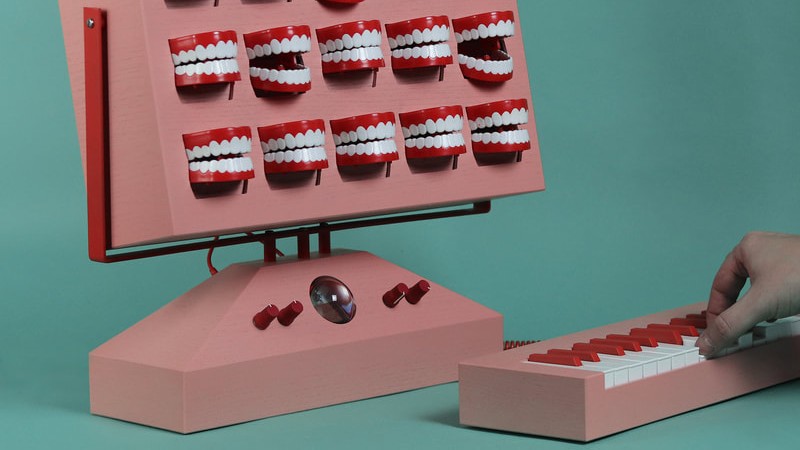
Look around your home some time, and you'll notice yourself surrounded by objects so familiar they're more or less invisible. Your lightbulbs. Your corkscrew. Your coat hooks. Your thermostat. But what happens when a designer looks at these everyday items and thinks, "What if we started from scratch?"
Well sometimes, the results are nothing short of magical. And just to prove it, we've gathered together 10 objects that show how a bit of creativity can transform the things we use every day.
So read on to discover how different designers have approached making the mundane magnificent. And if you're looking for further product inspiration, don't miss my article on everyday objects that are actually design masterpieces.
01. The lightbulb that's actually art
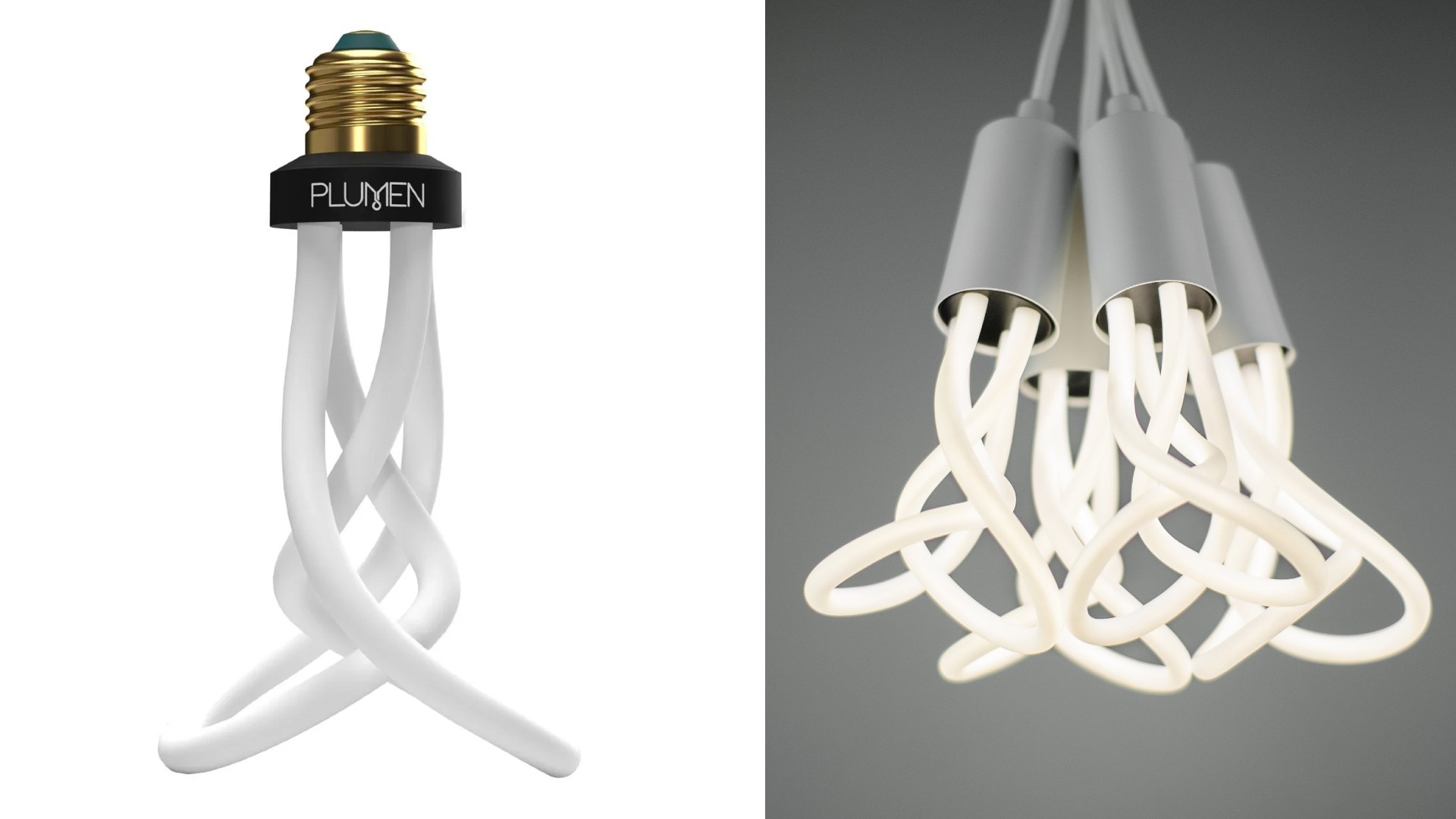
Forget everything you know about lightbulbs. The Plumen 001 takes the standard compact fluorescent and twists it into something that belongs in a gallery. Instead of hiding away in a lampshade, this sculptural beauty demands to be seen, with its glass tubing braided into elegant, intertwining curves that create an almost rope-like pattern. Whether switched on or off, it's a statement piece that transforms any space.
This isn't just style over substance either. The Plumen 001, which was created by British designer Samuel Wilkinson and the London product design studio Hulger, has racked up serious design credentials, bagging Design of the Year from London's Design Museum and earning a place in MOMA's permanent collection. Proof, it was ever needed, that being energy-efficient doesn't mean being boring.
02. The alien-esque citrus squeezer
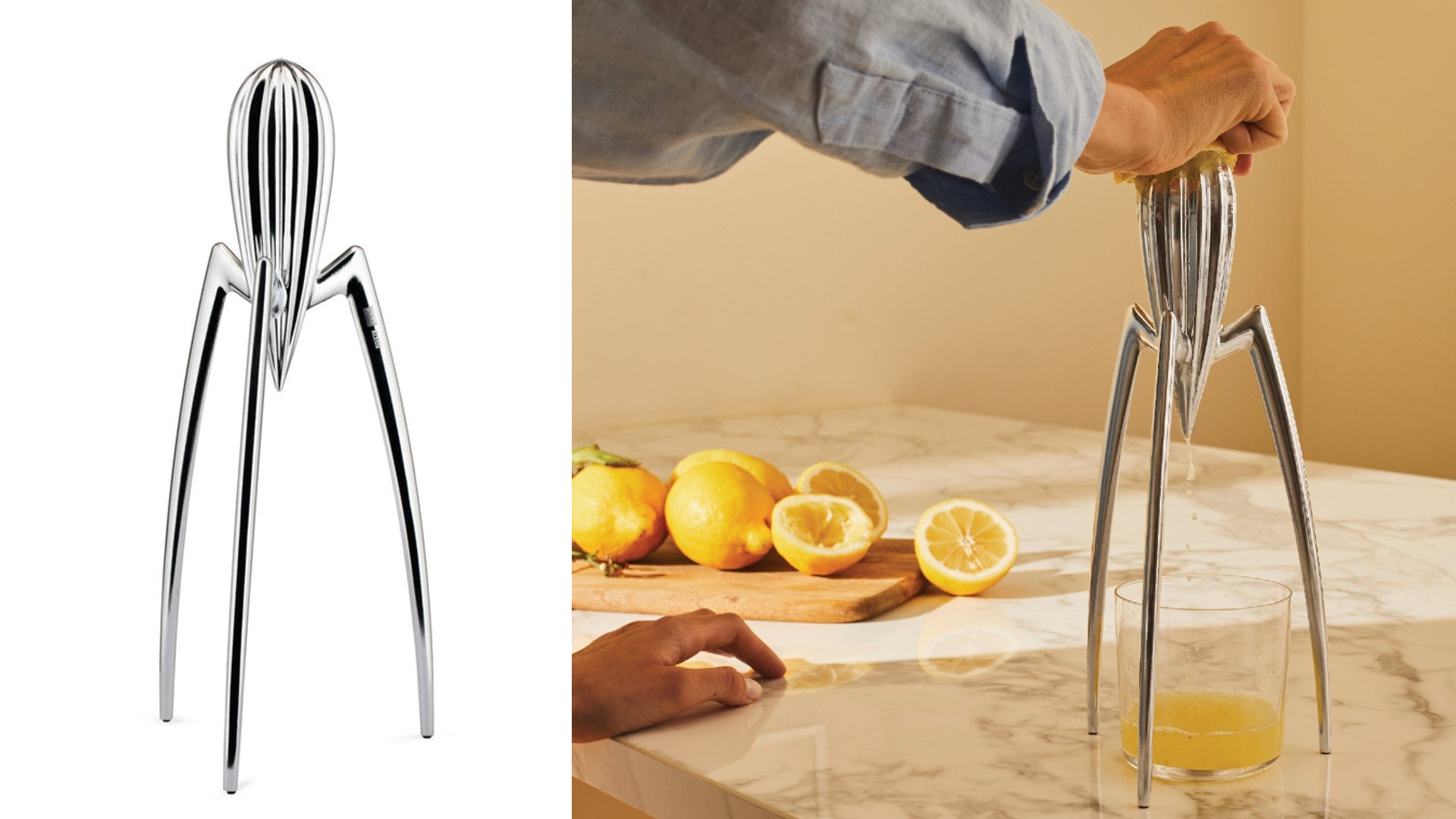
The Alessi Juicy Salif bears very little resemblance to any citrus press you've seen before. So you might not be surprised to learn it was created by the iconic furniture and product designer Philippe Starck, who reportedly sketched it on a napkin during an Italian seaside holiday.
To my eyes, this towering aluminium sculpture looks more like a chrome spider that's landed on your kitchen worktop. With its impossibly long legs and dramatic silhouette, it's more sculptural statement than kitchen tool. Yet it still works beautifully, allowing you to squeeze fresh juice directly into your glass below. Consequently, it's been generating dinner party conversations for decades; exactly what great design should do.
Daily design news, reviews, how-tos and more, as picked by the editors.
03. The corkscrew with personality
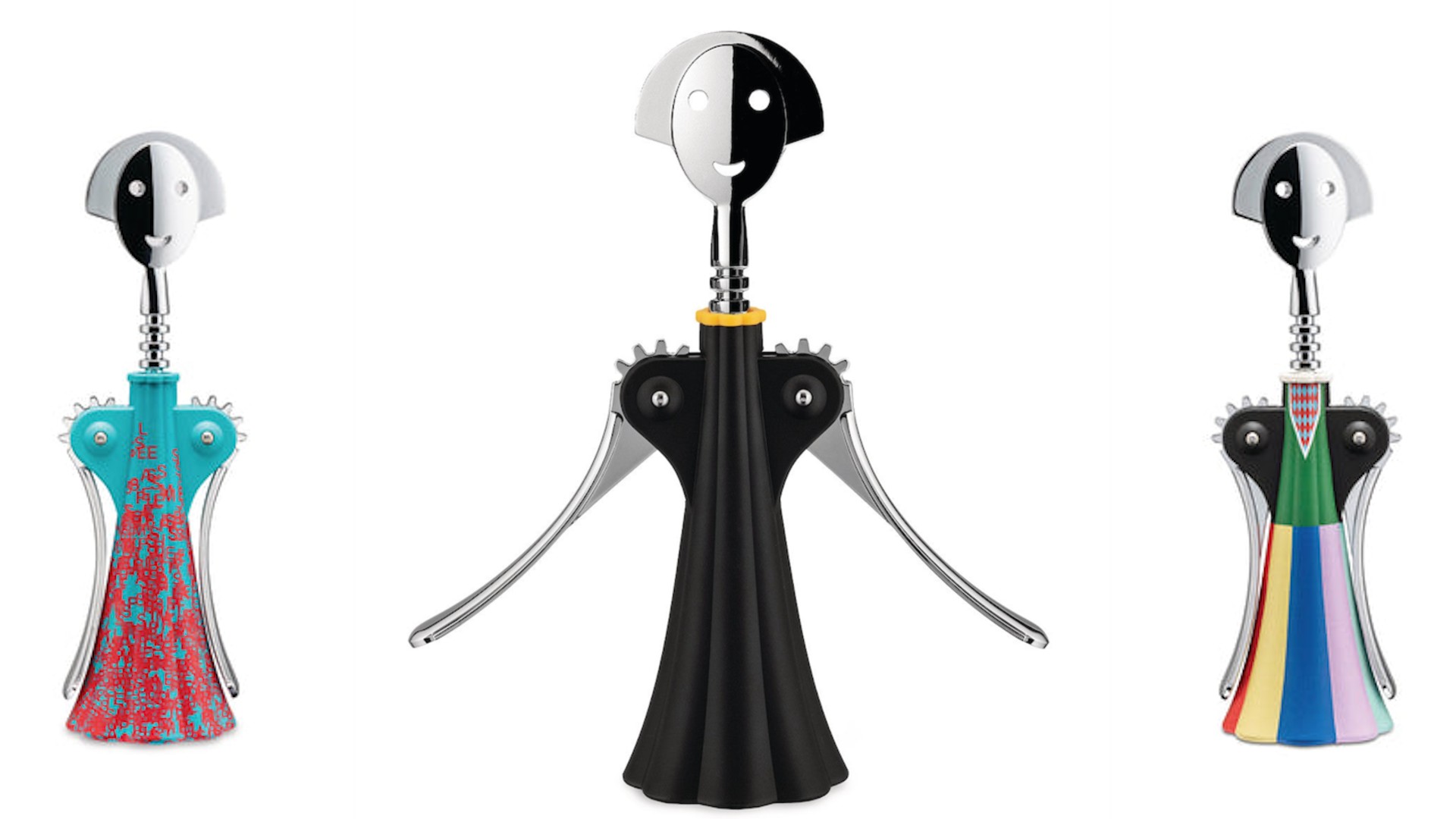
Designed by Italian designer and architect Alessandro Mendini (1931-2019) for Alessi, I'd argue that the Anna G. Corkscrew is one of the happiest objects ever created. This chrome-plated lady in a dress, arms akimbo and sporting a permanent smile, turns the mundane task of opening wine into pure joy… just as it should be, of course.
As such, Anna G. has been putting a smile on people's faces at dinner tables since 1994. She's a perfect example of how injecting personality into objects can transform not just their function, but our entire experience of using them.
04. Wall hooks disguised as art
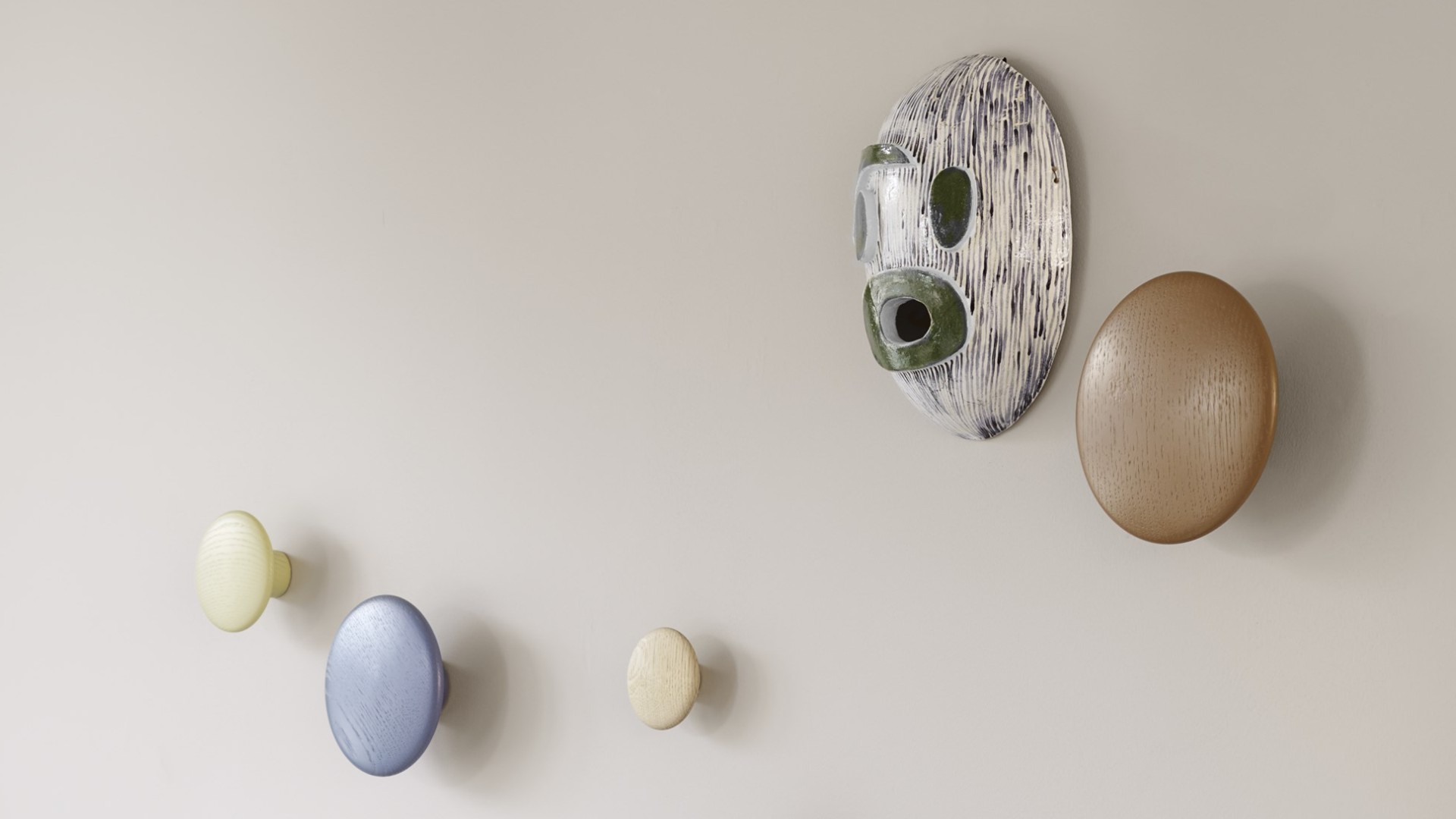
We all know what a coat hook looks like, right? Well, Muuto's Dots family completely reimagines them as simple wooden circles. Designer Lars Tornøe's genius was realising that when you're not using a coat hook, it should still contribute something positive to your space. And if you think about it, traditional coat hooks don't look that attractive. But these very much do.
Available in a variety of sizes and colours, they look more like contemporary wall sculptures than storage solutions. Yet with over a million produced, the Dots have become design icons by proving that functional objects can be beautiful in their own right.
05. Hair dryer or neo-modern sculpture?
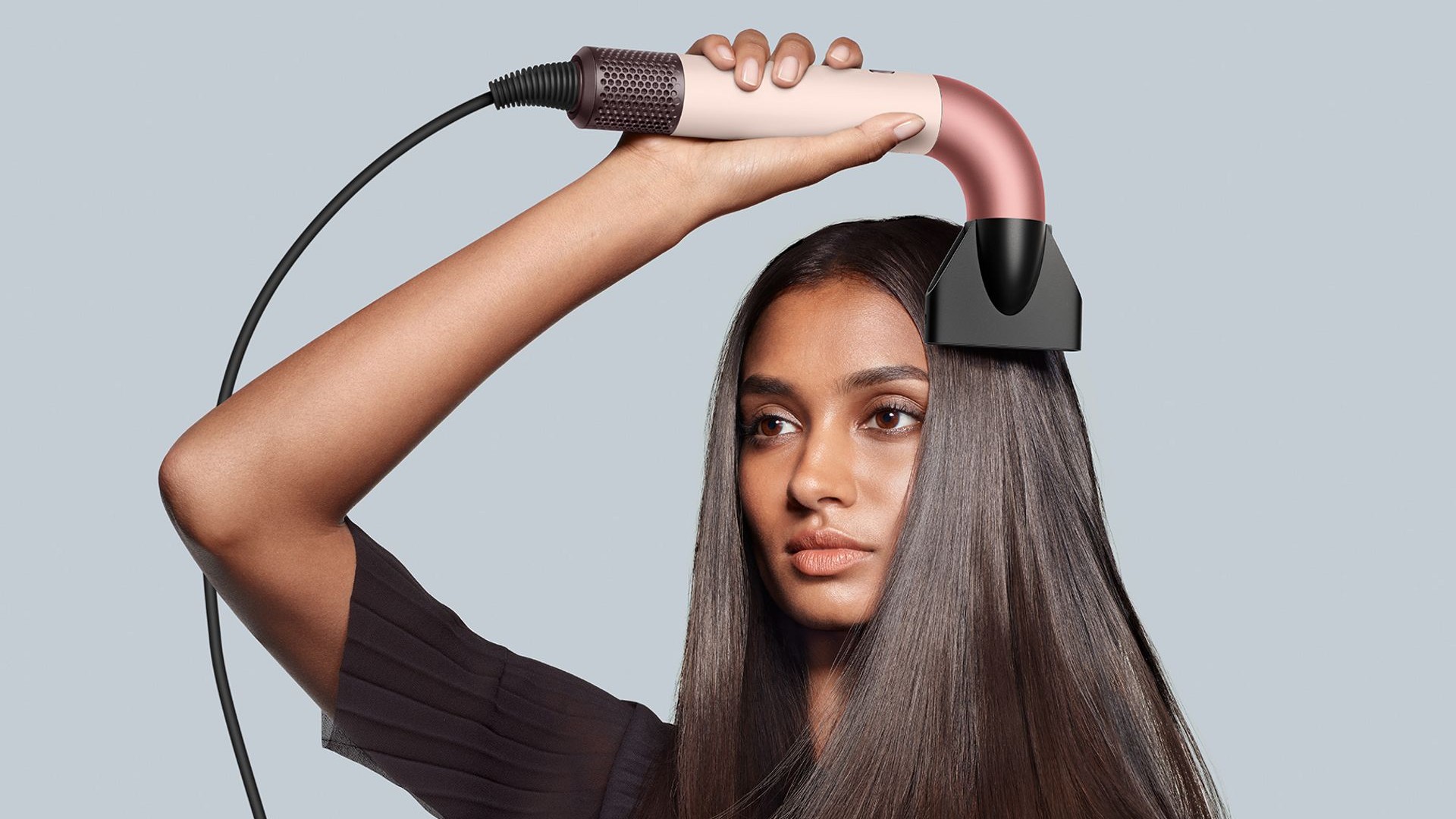
Dyson's Supersonic hair dryer turned the beauty world upside down when it launched in 2016. Instead of the traditional barrel design, this futuristic tool features a distinctive ring where the air flows through; creating an elegant loop that looks more like a piece of modern sculpture than a beauty appliance.
The motor is cleverly hidden in the handle, giving it perfect balance and an otherworldly silhouette. The radical redesign isn't just for show, though. By moving the motor into the handle, Dyson has created a lighter, more balanced tool that's easier on your wrist. As a result, it's proved that even the most established product categories are ripe for reinvention.
06. The thermostat that's lovely to look at
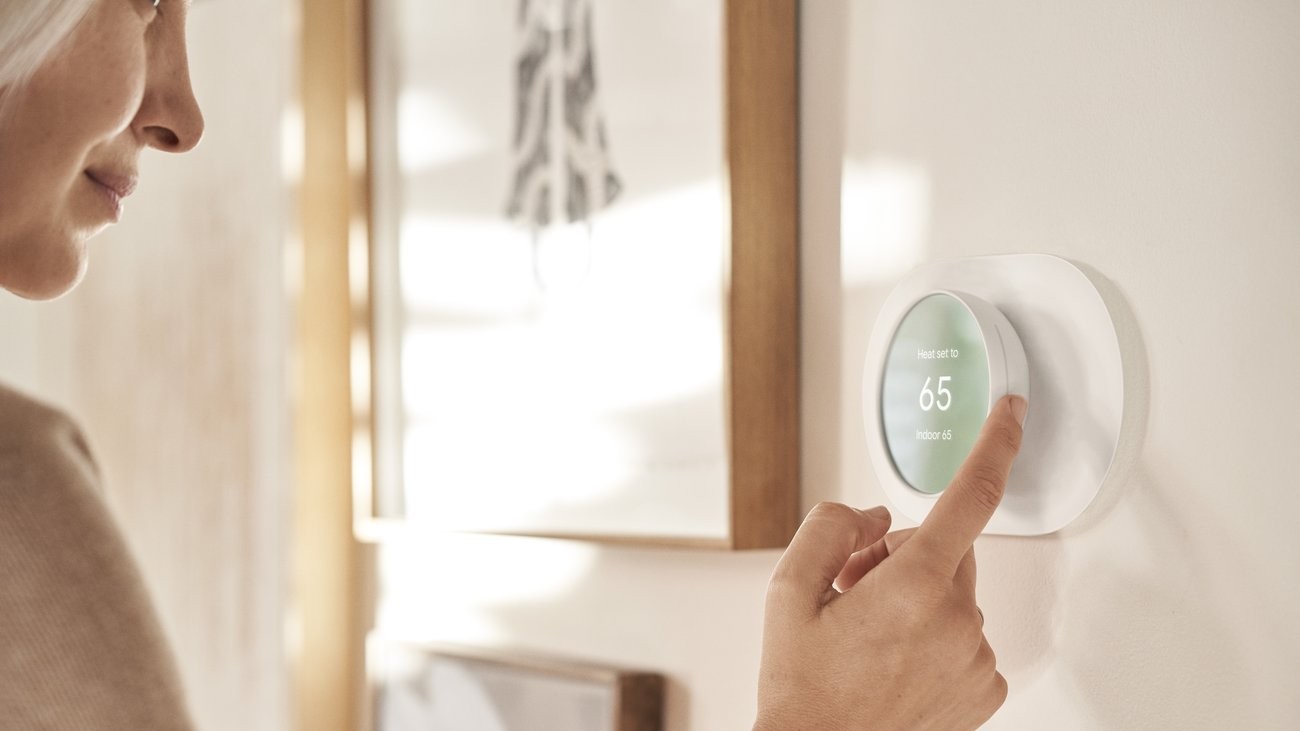
Google's Nest Learning Thermostat transformed one of the most boring objects in your home into something you actually admire. This sleek, round device with its crystal clear display looks more like a luxury timepiece than traditional HVAC equipment. The latest generation of the product, launched last August, features a 60% larger screen and can be customised to show everything from weather to air quality. All in all, it's evidence that smart design can make even the most utilitarian objects desirable.
07. The sensual trash can
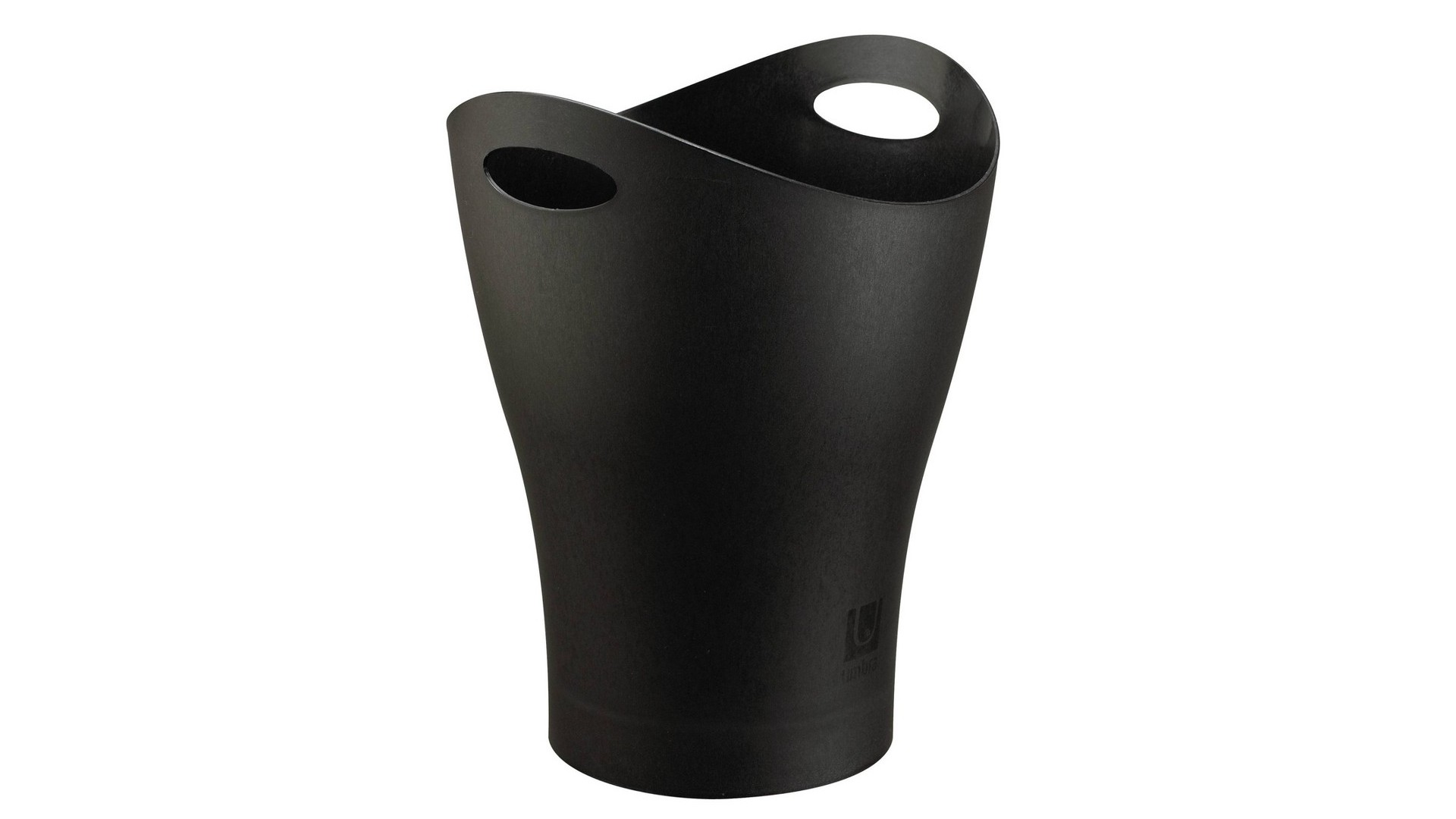
Across the decades, Egyptian designer Karim Rashid has applied his world-famous "sensual minimalism" and vibrant, colourful aesthetic to a wide range of products from furniture to consumer goods. But perhaps none has caused such a stir as his Garbino waste basket for Umbra, which launched in 1996.
Named after 1930s screen siren Greta Garbo and inspired by her famed curves, this sinuous plastic bin made disposing of trash feel, well, glamorous. Over seven million have since been sold, demonstrating that even trash cans can become sexy. Today part of the permanent collection at New York's Museum of Modern Art, it's helped establish the idea that every object in our homes deserves good design, no matter how humble.
08. The speaker that looks like a flying saucer
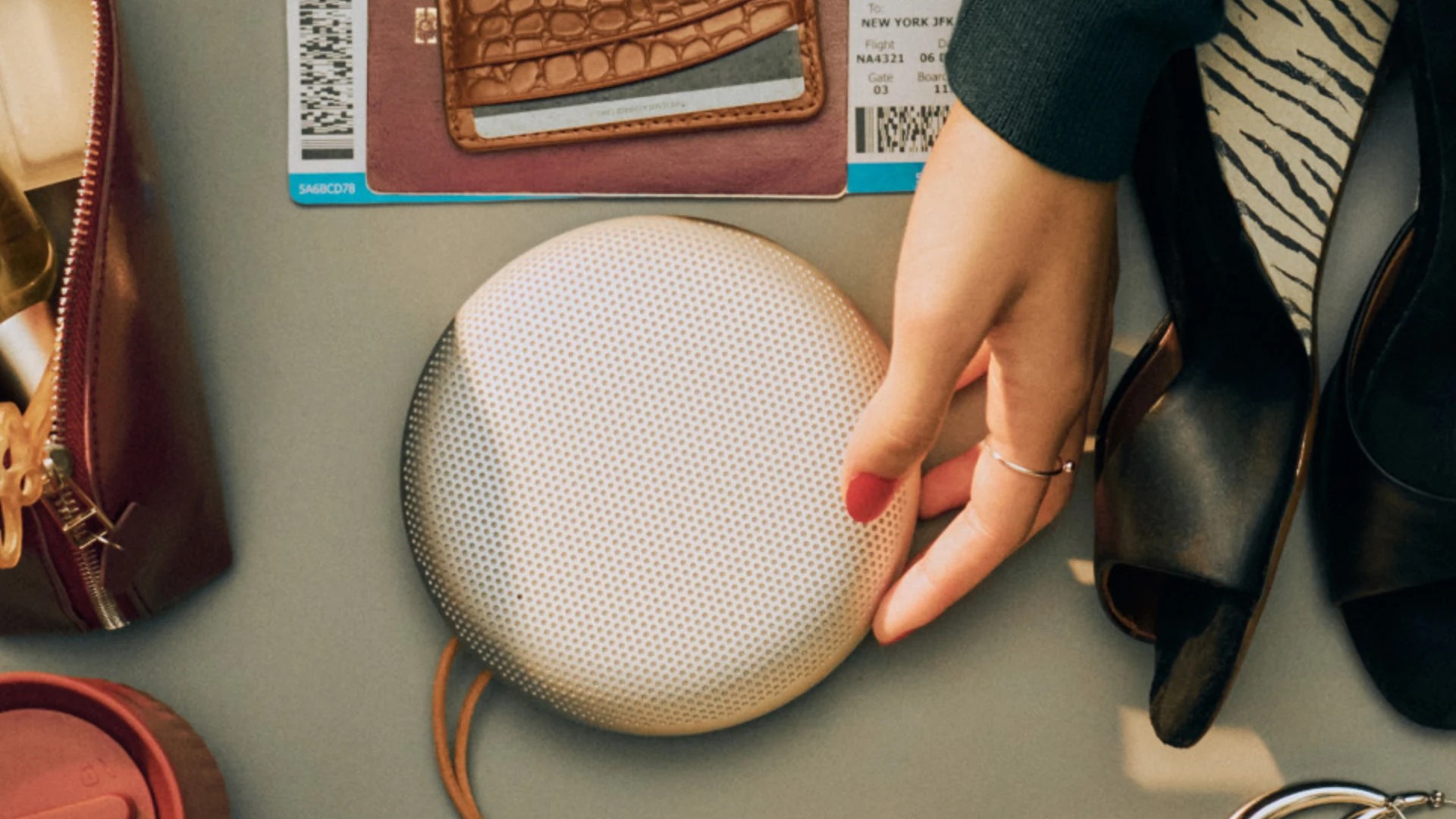
Bang & Olufsen aren't just known for great sounding speakers, but beautiful looking ones too. And here's a great example. The BeoSound A1 could easily be mistaken for a sleek alien communicator. This circular, perforated aluminium disc completely abandons the boxy speaker aesthetic in favour of something that looks like it belongs on a spaceship. The fine mesh grille covering the entire surface creates an almost textile-like quality, while the leather carrying strap adds a touch of warmth to its futuristic form.
Don't let the minimalist appearance fool you, though. Packed into that hockey puck-shaped frame is serious audio technology, including the largest woofer in its class and 24-hour battery life. Available in colours ranging from Natural Aluminium to Eucalyptus Green, this goregous product highlights how great sound doesn't need to look industrial.
09. The carpet that's actually a chair
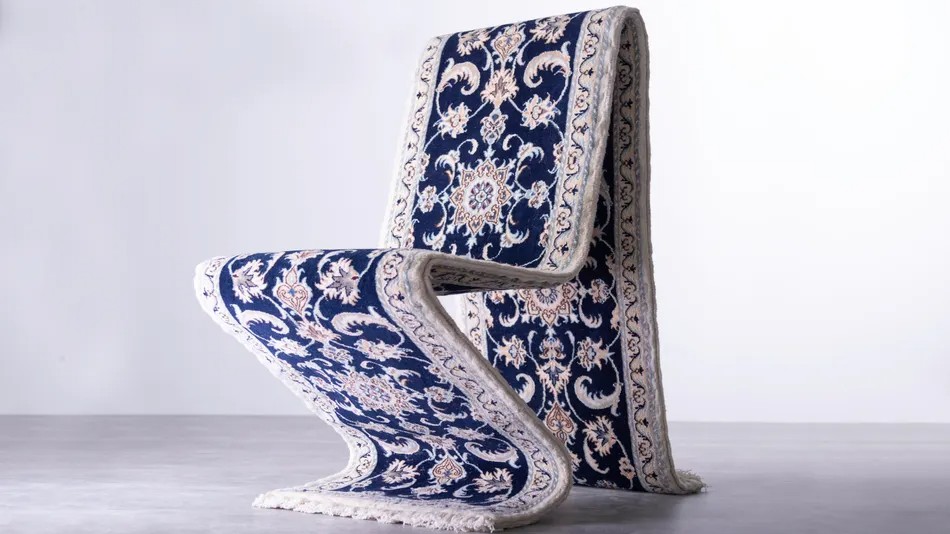
Back in 2015, Cypriot designer Stelios Mousarris created something truly magical with his Carpet Chair. This "impossible object", created in collaboration with sculptor Jan Blythe, appears to be a Persian rug floating in mid-air, with just enough structure to create a seat. The illusion is perfect; combining the rigidity needed for furniture with the softness we associate with textiles. Each piece takes up to four months to produce and costs nearly £6,000 to buy. That's a lot for a chair, of course, but while price pure magic?
10. The synthesiser with teeth
Love Hultén's VOC-25 is the oddest object on our list. An original concept created by Swedish designer Simone Giertz, this experimental synthesiser features 25 sets of plastic teeth that open and close to "sing" the notes you play on the keyboard. Echoing the look of a classic desktop computer, including monitor, main console and keyboard, the VOC-25 lets you create your own mechanical choir using vocal samples. Unfortunately you can't actually buy this one, but we had to include it on our list, because it's so brilliantly bonkers.
Conclusion
So what have we learned from all this? I'd argue that what unites all these objects isn't just their unexpected appearance; it's their creators' willingness to question everything we think we know.
In doing so, they remind us that innovation often comes not from inventing something entirely new, but from looking at the old with fresh eyes.
For creatives, these objects offer a powerful lesson. Namely, that the most transformative ideas often come from asking the question: "What if we did this differently?" Sometimes the best way forward is to forget everything you know, and start again.

Tom May is an award-winning journalist specialising in art, design, photography and technology. His latest book, The 50 Greatest Designers (Arcturus Publishing), was published this June. He's also author of Great TED Talks: Creativity (Pavilion Books). Tom was previously editor of Professional Photography magazine, associate editor at Creative Bloq, and deputy editor at net magazine.
You must confirm your public display name before commenting
Please logout and then login again, you will then be prompted to enter your display name.

